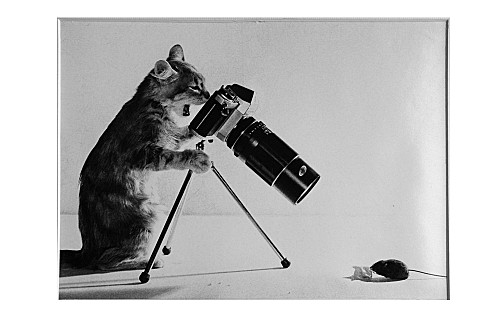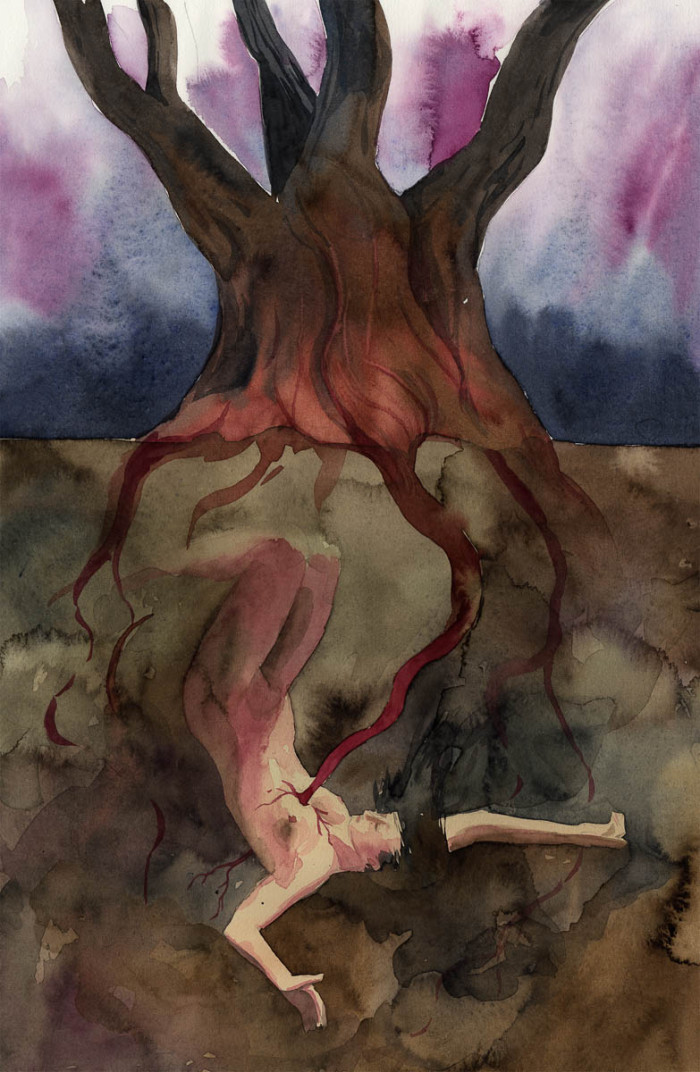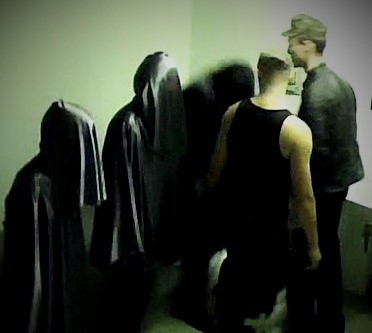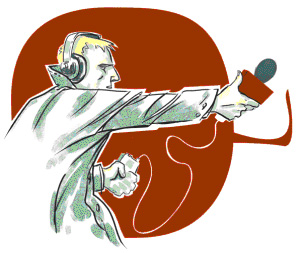Original article: http://www.electro-gn.com/242-quellestracespourlejeuderolegrandeurnaturepartie2
Translation: Leïla Teteau-Surel
—
First part of the article.
—
When we talk about testimonies left by larps, photography comes to mind straight away. Indeed with all the documents composing a scenario, the character sheets and so on (we’ll call it larpscript to make it easy), critiques (either public and developed reactions or emotional comments), larp movies or teasers, photography seems to be a key element of larp documentation.
However everybody knows that photography lies. An image is the result of an arbitrary selection, it’s a point of view.
Performance artists immediatly understood it and collaborated closely with the photographers. They knew how the performance ‘ll happen, or at least the content, they spoke with the artist that was able to advice them on lights and camera angles. It was aimed at producing images faithful to the action. That way the artists kept the control over their art and could choose to give it or not to the posterity.
It seemed important for these artists that pictures from their performances ‘d keep documentary features and not establish themselves as a work of art.
Today the trend seems to be at beautiful larp pictures taken, if not by professional, at least by very talented photographer who perfectly succeed (at least that’s what the players say) in rendering the game’s atmosphere. If it might happen that the photographer is told by the organizer to go there or there for an in-game event, the organizer doesn’t seem to be part of producing the pictures except for the final selection before the public circulation.
Parenthesis : the picture-spoiler
The organizer, who trust absolutely the photographer for the larp has often the will to select pictures that ‘ll become public (which means be on Facebook).
Secrecy is an important feature of larp culture in France today. Indeed an important part of the games play with surprising the participants and I feel that the fear of the spoiler is often disroportionate.
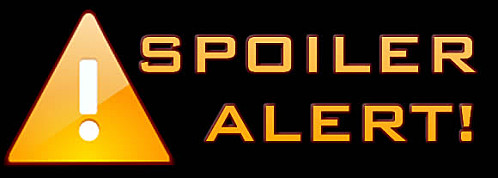
Indeed, censoring larp pictures is useless 90% of the time. The first reason is that a picture has its own discourse and someone non familiar with the event ‘ll probably only see a nice picture and not a spoiler. The second one is that images are anyway over or under read into.
They don’t real give back the reality of the event and the spoiler element won’t be noticed. Last point, a larp being an event ephemeral and unique, it happens very seldom that a scene captured on a run ‘ll be exactly the same on another run.
Let’s take, for example, the game Dr House – that I co-writed and can spoiled as much as I want. Most of the game pictures you can find are spoiling the game because they reveal some elements of the scenario, but is it that important to keep the surprise? There are indeed some cases where surprise add a little something we should’nt go without, but it seems to me that French larp organizers have a little too much tendancy to think the less you show the better it is.
You’re gonna tell me : “Yes but we organize our larp, we’re already nice to make 40 players happy, we do whatever we want with our pictures and we keep the secret held if we like it”.
Of course. But if we leave aside the little elitist feeling it could create for the people who didn’t get to play (which is not gonna prevent your from sleeping at night), it may also prevent from exchanging and then hurt larps’ evolution which is, this time, a real pity.
I’m quoting again this wonderful book2 about performance’s testimonies : “Thanks to visual documents that remain, the memory of the event is transmitted and become an element of the artistic analysis.”
Are pictures the main larp documentation?
Without testimonies or critiques, the analysis – which means the evolution and the amelioration of larps for the greatest good – isn’t possible. But we can ask ourselves:
Are larp pictures really an essential element for a game analysis (in the way they seem to be for performance studies)?
If you listen to the photographers – that were the object of an Electro-GN article (N.d.T : the French version of this blog)- their role is to document the game. Efel for exemple said his “approach is closer from photojournalism than from art”. Maroussia Podkosova expressed regrets that the larp photographer cannot document everything. For them and for Britta Bergersen as well, it’s all about taking live pictures that catch the essence of the characters or the scene.
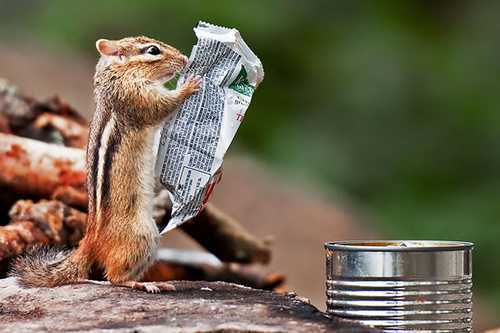
Players are often of one mind when talking about the pictures’ quality of a specific game, saying they “convey perfectly the atmosphere of the larp”. It’s interesting to notice that players talk about the “atmosphere of the game” rather than the atmosphere of their specific run. For larp participants, players or organizers, pictures seem to play an important role in rendering of the game atmosphere. Beautiful larp pictures create the desire to sign up for the game. I watch all the pictures of the 1st run of the larp Higlands 1879, and they succeed in making me regret that I didn’t sign up, despite the obviously Siberian temperatures the participants had to face.
This positive reaction only due to good pictures is suprising since everybody knows that awesome pictures doesn’t prevent the game from being bad. But pictures are probably that important because they are the only concrete testimony of the action. The larp scenario, its larpscript, aren’t documents accessible to everybody: it might be boring, sometimes complicated and doesn’t give the key to understand what has been the game on that given day. Reactions, players and organizers reports are important: they underline success and failures concerning the content. However, nothing seems able to give an idea of what is a larp to a beginner, even an unprecise one, better than a picture.
If we take that into account, in acknowledging how a larp is intangible for one who didn’t participate in it, it seems to me that it ‘d be interesting if the organizer ‘d not only organize the event on the given day of the larp, but also take in charge the testimonies left by the game at the end. An active participation to elaborate what ‘ll remain after the larp (pictures, videos, reports and other possible testimonies not yet exploited), and a reflexion about the image of our larp we want to give for the “posterity” ‘d expand the study and the transmission of our activity to everybody’s advantage.
That’s why in the next part I’ll try to look at the other testimonies left after a game and at the way the organizer can work with them to then make possible their circulation.
–
2 La performance, entre archives et pratiques contemporaines, sous la direction de Janig Bégoc, Nathalie Boulouch et Elvan Zabunyan, Presses Universitaires de Rennes, Archives de la Critique d’Art, Rennes, 2010.
